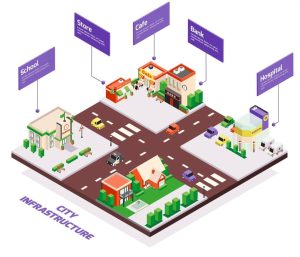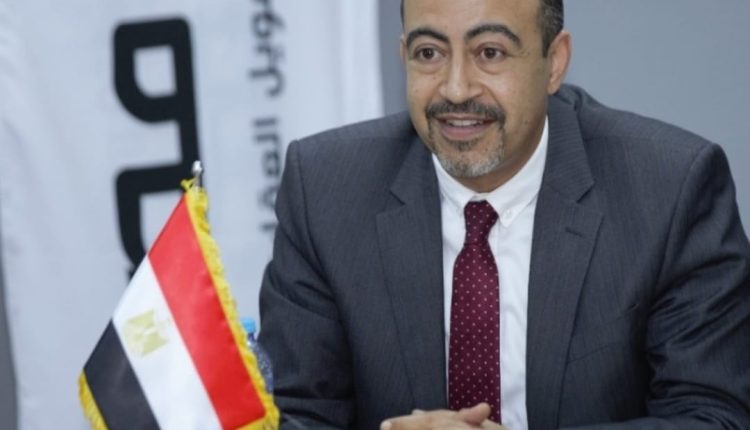By:Dr. Tarek Elghamrawy, PE, PMP
Unveiling a paradigm shift, the integration of education and commercial facilities early on real estate development has unlocked the possibility of free education for all. Explore how this innovative model eliminates tuition fees and empowers residents while aligning with the ambitious vision towards socioeconomic welfare.
The inner dynamics of this new economic model is based on allocating 15 to 25% of residential sales revenue on a separate fund to develop education and public commercial facilities, covering the CAPEX (Development Cost) required, while school OPEX (Operation Expenses) shall be covered from commercial leasing revenues.
Residents become the real owner of schools and commercial facilities within their communities. By eliminating the need for CAPEX financing required for development, schools operate as non-profit organizations, funded by the community itself. Since residents are the real owner of commercial facilities, the commercial revenues shall be utilized to fuel free education. The revenue generated from renting and leasing commercial activities is utilized to subsidize the operational costs of schools (OPEX). This innovative funding mechanism ensures the coverage of tuition fees, making education truly free for all residents.
This innovative financing approach accelerates the development of education and commercial development, running parallel to residential development, accelerating the commencement of livable communities, safe walking distance commuting to schools.
Increase real estate prices by 20% would only have an increased monthly burden for potential buyers by 3 to 5%, since the increase shall be financed through mortgage facilities, while now families are spending on average 20 to 30% of their income on private education.

The new economic model fits perfectly master real estate developers, developing communities +1,000 units, where unit prices shall be increased by 20% with free pass school tuition to new residents. The extra fund shall be directed towards building school and basic commercial services required (Hyper market, shopping centers, city clinics, …). The commencement of schools and commercial facilities at the same time of delivery will have a significant impact on creating livable communities, and will add up on sales and revenue acceleration and profitability to the master developer.
The utilization of the new model can even be expanded to be utilized by governments, setting up new legislatures to allocate percentage of real estate sales revenue to develop education and public commercial facilities for new communities. In the case of Saudi Arabia where in a recent interview the Crown HRH Crown Prince Muhammad Bin Salman announced that population of the country is expected to grow on average 18 million in the next 7 years, adopting the new economic model could save the Kingdom +500 billion Riyal, building on the country’s vision 2030 towards education and socioeconomic welfare, ensuring high-quality education for all, fostering empowered and vibrant communities.
The new integrated real estate economic model discussed in the article presents an innovative solution for achieving free education by integrating education and commercial facilities into residential developments. This approach not only eliminates tuition fees but also empowers residents and contributes to the creation of livable communities. By leveraging the revenue generated from commercial activities, this model offers a sustainable funding mechanism for high-quality education, benefiting both individuals and governments in their pursuit of socioeconomic welfare.
By: Dr. Tarek Elghamrawy, PE, PMP
Development, Investment & Portfolio Management Expert | PropTech Founder | US-GCC Experience | Academic Professor | Entrepreneur
Related Article:
Saudi Arabia: Unlocking a World of Opportunities











